Manboseong (만보성)
2.0Km 2021-03-26
53, Seosulla-gil, Jongno-gu, Seoul
+82-2-766-8488
It is a place where you can eat a variety of Chinese dishes at reasonable prices. This Korean dishes restaurant is located in Jongno-gu, Seoul. The most famous menu is sweet and sour pork.
Jongno 3 (sam)-ga Pocha Street (종로3가 포장마차 거리)
2.0Km 2025-03-15
12-1, Gwan-su-dong, Jongno-gu, Seoul
It is one of Seoul's representative Pocha Streets boasting history and tradition. When you come out of Jongno 3-ga Station, exit 6 (toward the Nakwon Music Mall), you will find a lot of food stalls with a crowded atmosphere. There are vinyl covered areas and open areas, so you can choose according to your taste. It is a heaven for snacks such as Chicken feet, Octopus, Udon Kimchi Pancakes, and Rolled Omelet.
Jongro Seolleongtang (종로설렁탕)
2.0Km 2021-03-19
110, Jong-ro, Jongno-gu, Seoul
+82-2-2271-3820
A restaurant selling Korean-style healthy broth-based dishes. The best menu at this restaurant is ox bone soup. This is a Korean cuisine located in Jongno, Seoul.
Seoul Plaza (서울광장)
2.0Km 2024-06-19
110 Sejong-daero, Jung-gu, Seoul
+82-2-2133-5640
Seoul Plaza in front of Seoul City Hall is a historic site where the March 1, 1919 (Samil) Independence Movement and the pro-democracy movement in June 1987 were held. It is also a well-known place where tens of thousands of Korean soccer fans gathered together to watch the 2002 World Cup Games. Being located within the center of the city and surrounded by many historic attractions, including Deoksugung Palace, Seoul Plaza has become a representative attraction of Seoul.
Jogui Hansu (족의한수)
2.1Km 2024-10-15
93-1, Supyo-ro, Jongno-gu, Seoul
+82-2-2261-0310
A pig's trotter(s) specialty restaurant located in Jongno, Seoul. This restaurant's signature menu is braised pigs' feet. A restaurant serving both charcoal-grilled jokbal (pig's trotter) and spicy jokbal.
Jongmyodaeje (Royal Ancestral Memorial Rite of Joseon) (종묘대제)
2.1Km 2022-10-05
157, Jong-ro, Jongno-gu, Seoul
• 1330 Travel Hotline: +82-2-1330 (Korean, English, Japanese, Chinese) • For more info: +82-2-3210-4806, +82-2-6011-1067
Jongmyodaeje, Korea’s Royal Ancestral Memorial Rite, is a traditional ritual that has been recognized with many important designations. It is a UNESCO Masterpiece of the Oral and Intangible Heritage of Humanity, Important Intangible Cultural Property No. 56 (Jongmyo Jerye), and Korea’s Important Intangible Cultural Property No. 1 (Jongmyo Jeryeak). The ritual is held yearly on the first Sunday of May. It begins with eogahaengnyeol, the fabulous royal parade dating from the Joseon dynasy, which is truly a sight to behold as it moves through the modern city.
Jongmyodaeje originated as a royal ancestral ritual to honor the past kings and queens of the Joseon dynasty. During the Joseon era, the ritual was held five times a year (spring, summer, autumn, winter, and December) until it was abolished by Japanese colonial rule. In 1969, Jongmyodaeje was reinstated and has been held in May every year since.
Jongmyo Shrine, the destination of the procession, was the setting of ceremonial rituals during the Joseon dynasty. Originally, Jongmyo only referred to Jeongjeon (Main Hall) where the memorial tablets of Joseon’s reigning kings and queens are enshrined. Today, however, Jongmyo also encompasses Yeongnyeongjeon (Hall of Eternal Peace) where the tablets of posthumous kings and queens are enshrined and Gongsindang (Hall of Meritorious Subjects) where the tablets of esteemed ministers of the state are kept.
Chamchi Maeul (참치마을)
2.1Km 2021-03-22
31, Donhwamun-ro, Jongno-gu, Seoul
+82-2-742-1671
This is a restaurant where you can enjoy several parts of tuna. This Japanese (cuisine) restaurant is located in Jongno-gu, Seoul. The most famous menu is sliced raw tuna.
Seoul Plaza Ice Skating Rink (서울광장 스케이트장)
2.1Km 2020-04-02
110, Sejong-daero, Jung-gu, Seoul
+82-2133-2691
Seoul Plaza was established in 2004, and is located by Seoul City Hall. The plaza is shaped like the full moon. Seoul Plaza hosts a wide array of cultural events including concerts and exhibitions for residents and visitors. The plaza transforms into an outdoor skating rink every winter, a popular attraction in the city.
The facility houses one rink for beginners and one for advanced skaters, and also hosts various events during its operating hours. There are also convenient facilities like skate rental, outdoor rest area, and outdoor standing area for ice skaters and spectators.
Ice skaters at the rink must wear gloves, and the plaza also offers a training program to teach interested individuals how to have fun while skating safely. To learn how to skate, visit the website to register for a training session in advance.
Haengbokan Kongiyagi (행복한콩이야기)
2.1Km 2021-03-22
89-11, Supyo-ro, Jongno-gu, Seoul
+82-2-2274-2247
A hidden restaurant frequented by workers in Jongno. This restaurant's signature menu is bean sprout and rice soup. This Korean dishes restaurant is located in Jongno-gu, Seoul.
Chungdong First Methodist Church (서울 정동교회)
2.1Km 2020-06-25
46, Jeongdong-gil, Jung-gu, Seoul
+82-2-753-0001
Chungdong Church, having being completed in 1897, was the first Christian church that was built after the spread of Protestantism in Korea. The church was founded in 1887 as a small worship house under the name Bethel by Henry Gerhard Appenzeller, an American missionary. As the number of followers increased, the building underwent construction and officially became a church in 1895. Chungdong Church is the only remaining church building from the 19th century. The church was expanded once more in 1926, changing its from a cross-shaped building to a square one. The expansion was made by adding walls using bricks as not to damage the original building structure. The architecture was built in a simplified version of an American gothic house with arched window frames.
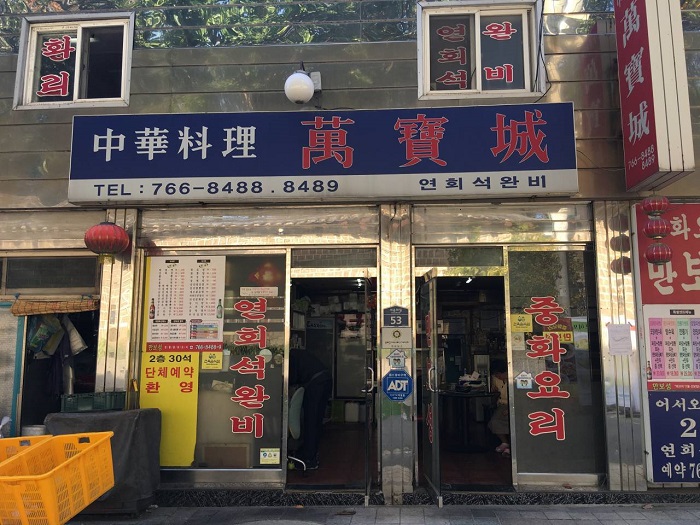
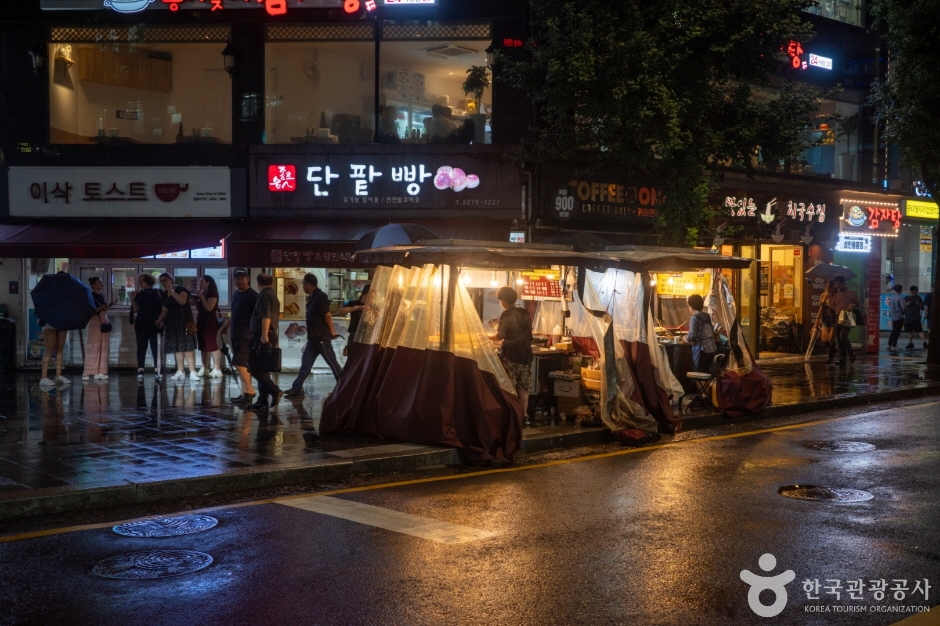
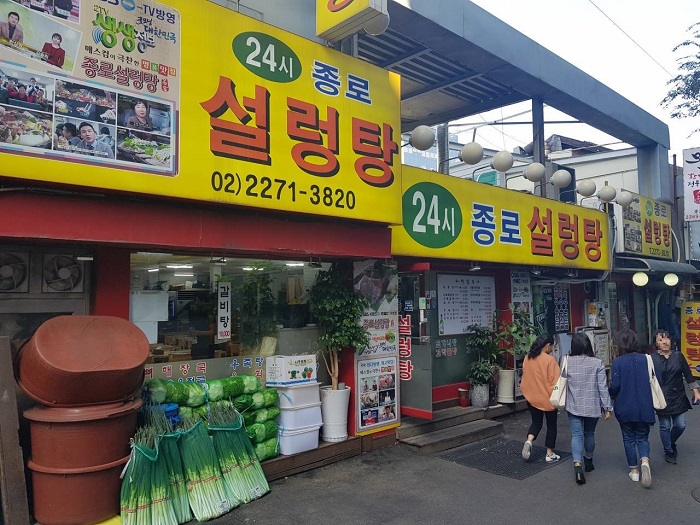

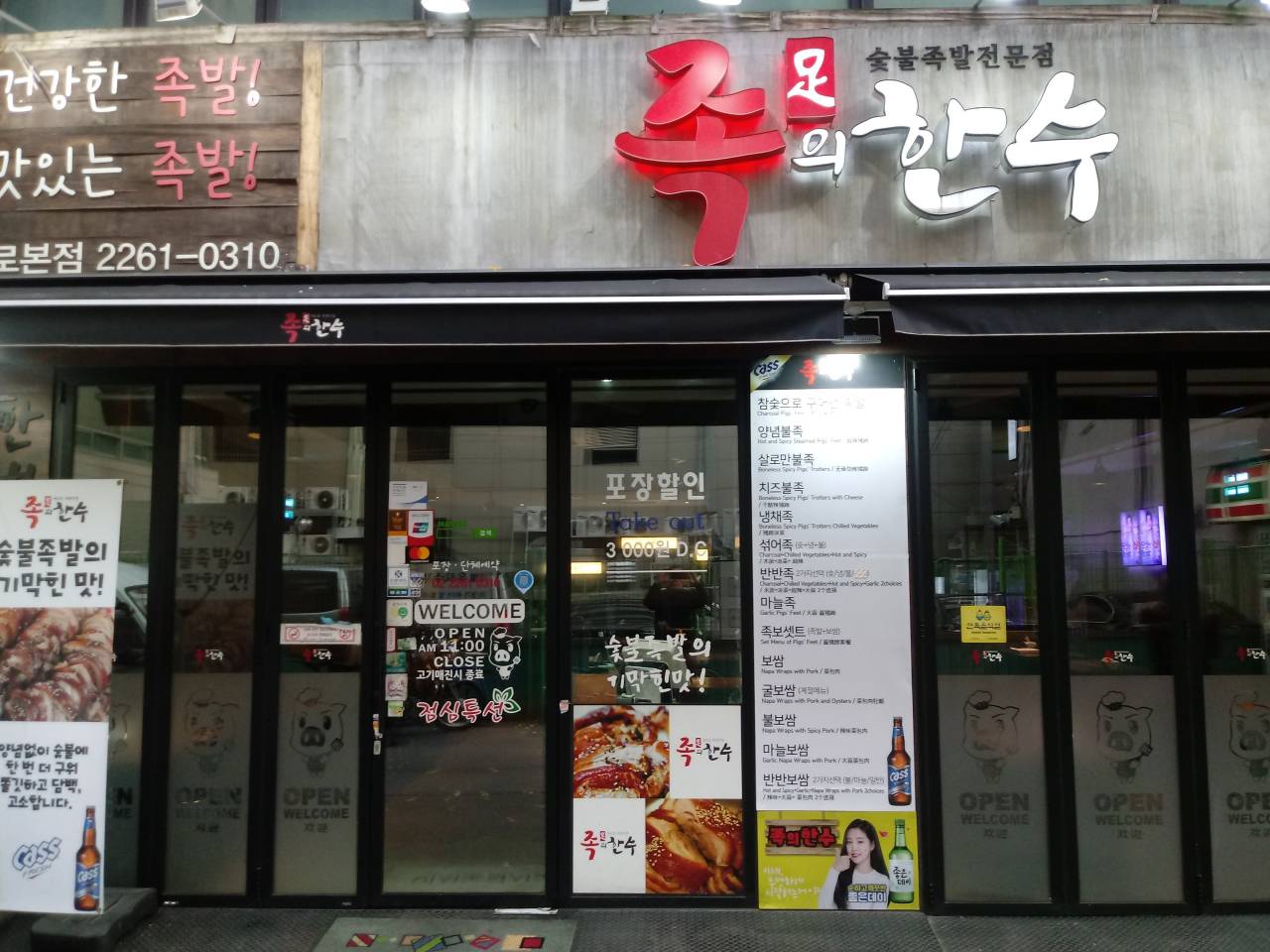
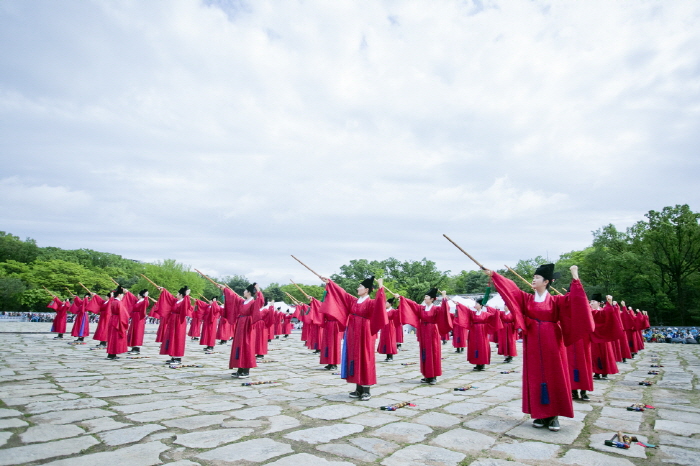
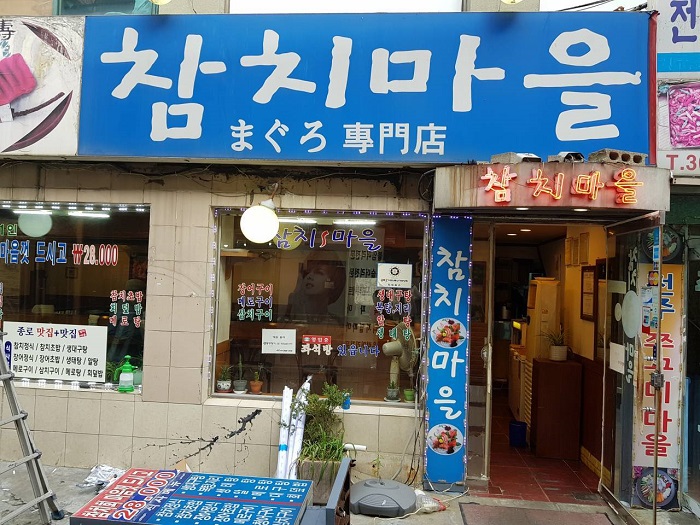
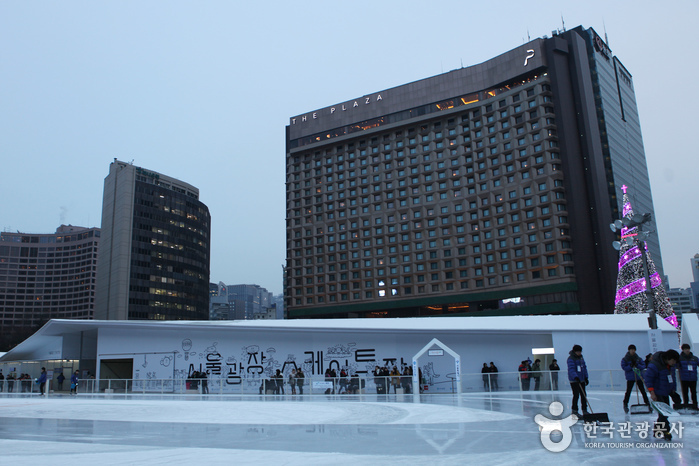

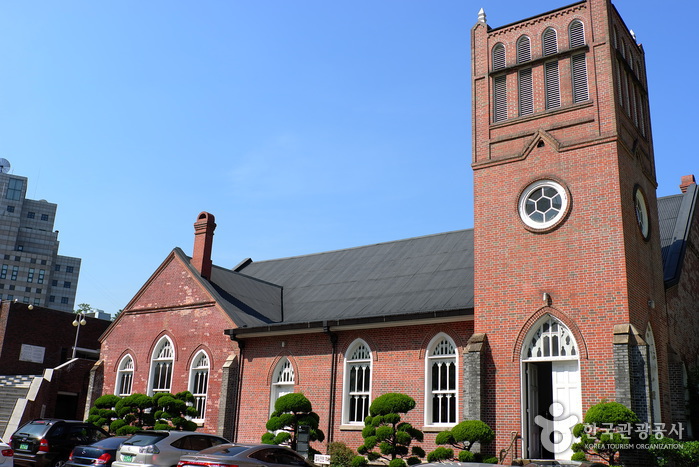
 English
English
 한국어
한국어 日本語
日本語 中文(简体)
中文(简体) Deutsch
Deutsch Français
Français Español
Español Русский
Русский